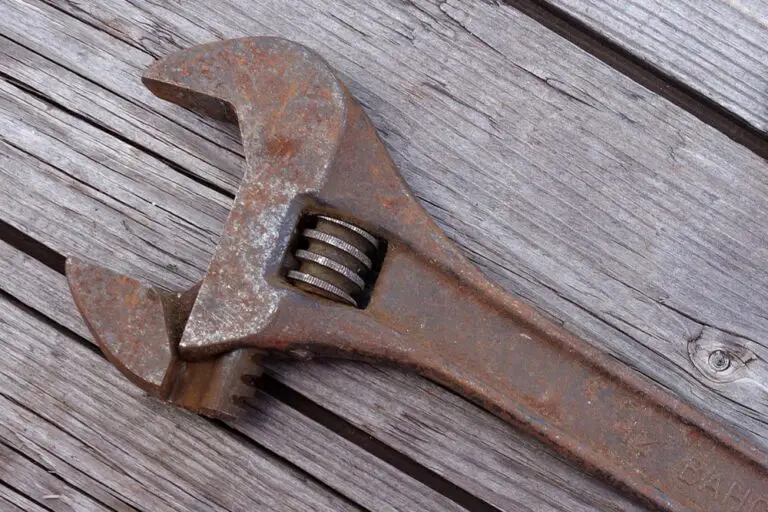Poka-Yoke Definition & Poka Yoke Example in Manufacturing &Service Industries
Poka-Yoke Definition
Poka-Yoke is a Japanese term that means “mistake-proofing.” It refers to any device or process that prevents wrong actions, errors of omission, and defects from occurring in the first place. Poka-yokes are often designed as “failsafe” devices where an action cannot occur unless a specific feature allows it.
Yoke was originally developed in the manufacturing industry but has been quickly adopted by industries around the world. In healthcare, Poka-Yoke can be found in IV insertion sets and infusion pumps used for administering fluids and medications.
The goal of poka-yoke is to design equipment and processes so that they are foolproof, or mistake proof. Mistakes cost time and money, so it’s important to reduce human error in the workplace.
Examples of poka yoke tools include: safety guards on machines, color coding wires for different purposes, and bar codes on products
Poka-Yoke Lean Manufacturing
Poka-Yoke is a Japanese term for mistake-proofing, which can be applied to manufacturing and other processes. Poka-yokes are devices or steps in the process that catch mistakes that would otherwise cause problems later on.
The idea of making products error-free was developed by Shigeo Shingo, who has written many books about this subject. He says, “Poka-yoke means prevention of defects.”
In a manufacturing and production setting, examples of poka-yokes might include putting an extra sheet or two of paper in between prints as they come off the press so if there’s any ink smudging, it will get caught before ruining more sheets; using small pieces instead of big ones (smaller parts are less.
Types of Poka Yoke
- Preventive Poka-Yoke: Preventing the occurrence of errors by designing them out
- Detectable Poka-Yoke: Preventing an error from occurring by detecting it before it happens
- Corrective Poka-Yoke: Preventing an error from occurring by anticipating and correcting for it
Poka-Yoke Example
Poka Yoke in Manufacturing
Poka-yoke is a Japanese “mistake-proofing” method, and the concept of Poka-Yoke is to design and manufacture products that are free from defects or mistakes. It can be applied to any process with the potential for error, but it is often used in manufacturing and assembly lines.
A poka-yoke device might be a simple as an extra bolt or screw added to the machine, which prevents parts from slipping out during operation.
Another example of this would be manufacturing a product using an extra component that will act as a safeguard if the original part breaks.
This can also be applied to other industries where certain parts of an assembly line might be designed to not attach incorrectly or make production mistakes.
The goal of this technique is not only to prevent errors but also to reduce downtime due to those errors.
Poka Yoke in Service Industry
Poka-Yoke is an important concept in the manufacturing industry, where it refers to designing processes with consideration for human error and eliminating the need for inspection after production.
In service industries, Poka Yoke can be achieved by training employees on how to perform tasks correctly and what mistakes they are most likely to make.
Poka Yoke in the Office
Poka-Yoke is an idea behind it is to design products, processes, and systems in such a way that they are easy to use correctly and difficult to use incorrectly.
A good example of this would be an office where the pens are all stored at eye level, so there’s no chance of accidentally grabbing the wrong pen.
Poka Yoke in Healthcare
Poka-yoke is a Japanese term that means “mistake-proofing.” In the healthcare industry, this may include double-checking prescriptions before they are dispensed to ensure there are no errors and patients receive the correct medication.
Poka Yoke in Warehouse
Poka-yoke refers to any device or process that prevents errors from occurring in the first place, rather than relying on inspection after the fact.
Examples of poka-yoke in warehousing include:
- A stopcock fitted with a rubber washer so it can’t be turned off by mistake;
- A machine designed so an operator cannot load the wrong part; and
- An alarm system for preventing accidents such as running out of fuel while driving a truck.
Poka-Yoke Checklist
The poka-yoke checklist is a tool to help reduce errors in manufacturing processes. It can be used for any process that involves two steps or more, where the first step produces an error-prone outcome and the second step makes use of it.
The most common example is when a worker assembles parts together incorrectly, which then leads to the incorrect assembly by another worker.
Poka yokes are often seen as teaching aids because they show workers what not to do
Poka-Yoke checklist captures the following;
- Is the object in its original packaging?
- Does it have a manufacturer’s serial number or model number?
- Has this product been recalled by the manufacturer?
- Is there any visible damage to the item, such as cracks or scratches?
- Are all of the components present and accounted for (e.g., battery)?
- Does the item require a seal?
- Is it possible to open or close an item without breaking its contents?
- Can the product be assembled incorrectly?
- If there’s a measurement, is it in millimeters (mm) or centimeters (cm)?
Poka-Yoke Tools
Examples of poka-yoke tools include: safety guards on machines, color coding wires for different purposes, and bar codes on products
